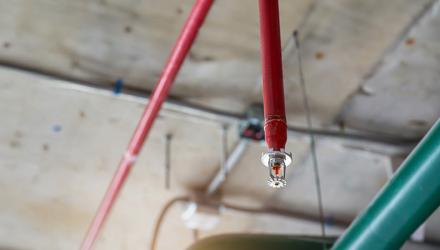
Affärsområde
PFAS
PFAS
PFAS
Envytech är en världsledande aktör inom rening av PFAS-föroreningar i vatten. Med avancerad teknik, spetskompetens och hundratals framgångsrika projekt i ryggen erbjuder vi skräddarsydda lösningar för att hantera de mest komplexa PFAS-utmaningarna.
Vi tar ett helhetsgrepp om er problematik, från laboratorietester och skräddarsydda åtgärdsplaner till fullskalig implementering. Oavsett projektets omfattning levererar vi effektiva och hållbara resultat som säkerställer att era specifika behov och krav möts.
Rening av PFAS-förorenat vatten
Envytech är en världsledande aktör inom rening av PFAS-förorenat vatten och driver utvecklingen av de mest effektiva reningsteknikerna på marknaden.
Med avancerad teknik, spetskompetens och erfarenhet från hundratals framgångsrika projekt tar vi ett helhetsgrepp om er PFAS-problematik.

Effektiv sanering av PFAS
Envytech erbjuder säkra och effektiva lösningar för att sanera PFAS-förorenade system och ytor. Genom att rengöra sprinklersystem, tankar, rörledningar och andra komponenter reducerar vi PFAS-koncentrationerna med över 99 %.
